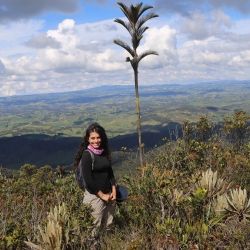Circular economy: Community engagement and sustainable models
Written by Lennae Starr (Whitman College), Internship in Sustainability and the Environment
This October, my internship was with the Monteverde Commission for Resilience to Climate Change (CORCLIMA), working to educate the people of the Monteverde zone about the new Value-Added Tax (IVA), the electronic receipt system, and the benefits of a circular economy. CORCLIMA is at the heart of Monteverde’s goal of achieving net-zero carbon emissions, taking the lead to educate people and implement sustainable practices.
A big challenge keeping Monteverde from reaching their goal of zero emissions is an ineffective waste management system. Decomposing organic matter, especially in wet, anaerobic conditions releases a lot of methane, which is a greenhouse gas (GHG) even more potent than carbon dioxide. The nearest landfill is over 40 kilometers away, which amounts to a lot of trucks driving back and forth.

The idea of a circular economy incorporates essentially all waste back into the system of production, eliminating emissions and landfills. Before doing the project, I had a very vague sense of what a circular economy was, but I have since learned so much about it and how it can combat climate change.
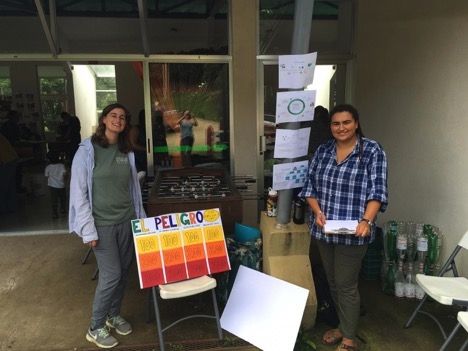
Part of my time was spent developing a game to display at the San Luis and Santa Elena farmers markets, and I decided to go with a Jeopardy-style game that tested peoples’ knowledge about a circular economy, climate change, sustainability, and local production. I also made instructions on how to create the board again if other people from CORCLIMA would like to use it in the future. Since what drew me to this internship was the opportunity to engage with the community and learn more about the steps the people of Monteverde are taking to become more sustainable, I was glad to be able to interact with people at each of the fairs.
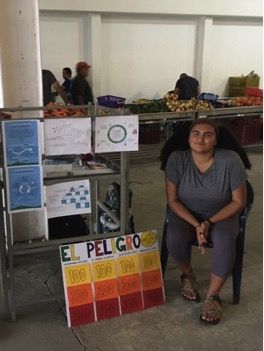
I feel that my biggest accomplishment from this internship is the IVA/electronic receipt system information sheet. It was tricky to navigate the Ministry of Finance’s website, and sometimes the translation wasn’t good so I’d have to go back and forth between languages to understand. I really hope that putting the basics together into one sheet of paper, along with links to websites and videos where people can learn more, will benefit the community -- especially the people who don’t have reliable internet or access or who aren’t computer literate.
Related Posts
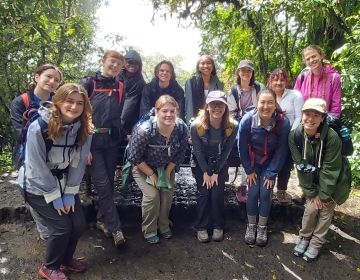
Happy Earth Day: Today and Every Day
Happy Earth Day! Every April 22, this global event comes around to remind us how precious our planet is, what sustainable efforts we can make to protect Earth, and that... keep reading
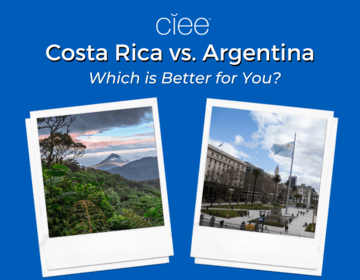
Costa Rica vs. Argentina: Which is Better for Study Abroad?
Imagine yourself sipping mate in a bustling Buenos Aires café or lounging peacefully in a hammock overlooking Costa Rica's lush rainforests. These contrasting scenes represent just a glimpse of the... keep reading
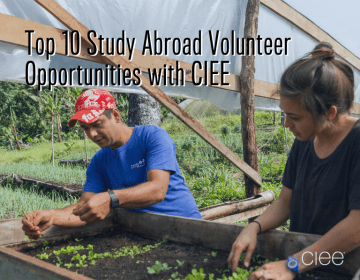
Top 10 Study Abroad Volunteer Opportunities with CIEE
Have you ever wondered if you could volunteer abroad? Perhaps you're looking into study abroad programs that provide international volunteer opportunities. If you’re itching to study abroad and truly make... keep reading

